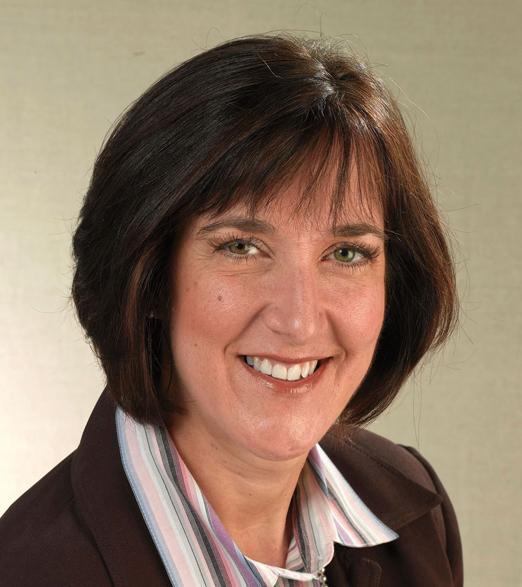
Replenishment reimagined
By
At the Foundation for Strategic Sourcing (F4SS), we recently hosted our annual executive event. We were fortunate to have a tech rock star, Scott Klososky, founder of Future Point of View (FPOV), address our group.
Scott shared many provocative insights during his compelling presentation, not the least of which was the evolution from mobile to wearables to implantables.
While he talked about many technology developments that may significantly impact our industry, there was one approach we found most intriguing. In particular, we applied “homology” in our recent Integrated Replenishment (IR) team meeting. Let me explain…
We have been looking for a long time at the replenishment process, which is fraught with redundancy and complexity. Specifically, we find planning is conducted BOTH by the customer and supplier. This data is exchanged weekly, typically in a highly manual process that gives rise to significant redundancies, entailing: extra costs in having two parties doing basically the same work; greater potential for error; a general lack of responsiveness to the demand signal (since it’s done weekly); and other complications/implications, which we’ll save for another time.
Our IR team has been working on a streamlined process to address some of these opportunities, though it’s been slow going. As the team met recently, it seemed the ideal time to apply what we learned from Scott.
Specifically, Scott shared his perspective on his “Humology Scale” (shown), which lets you look at any process, and gauge where it lands on the scale.
For example, Amazon would be pretty close to a +5, because it’s viewed as one of the most trusted websites, yet most people have only interacted with Amazon electronically vs. a human associate. Conversely, funeral services would rate a -5, because while we order a lot of things online, caskets and funerals aren’t among them; most people want personalized, human interaction.
Scott challenged us: If you’re a leader, you have to look at every process and see where you are on this scale. Is it where you should be? If not, then it is costing you something in terms of factors including efficiency, cost or customer connection. Some leaders are driven by what they’ve always done.
We applied this scale to our industry’s replenishment process, and here’s where we came out: A score of -2.5…and some would say this is generous. On one hand, many have sophisticated forecasting systems, EDI, optimization programs, data capture, RCCP, and overall data availability. Yet, the process remains highly manual, there is data massaging, trend analysis/application, supplier performance management, process management, marketing/promotion planning, order cycle detail, change control, communication, updating master data, and run strategy. Maybe a -2.5 was too high a rating, after looking at this list!
The team then addressed the question: What is currently done by humans that can be done by software, process automation, or to otherwise take advantage of digitization? The team decided that in 2026, 10 years from now, we can and should be at 3.5. This means we should move a full five points—half of the scale. We’ll need some significant process improvement/system integration work to be able to achieve this
The good news is that we already know we can make serious headway on the duplications of effort noted above. We can do this by digitally integrating customer and supplier ERP systems. This will provide demand visibility to suppliers and enable more frequent communication (such as daily vs. weekly). Based on feedback from the team, this will yield two significant benefits: Cash (from inventory reduction and improvements in OTIF —On Time In Full); and Operational (full-time employee reduction, lead time reduction, and reduction in slow moving/excess/obsolete).
Getting to “0” on the Humology Scale is already looking more achievable! Stay tuned for more information shared in the future as we work our way up!
Lisa Shambro, Executive Director of F4SS, the Foundation for Strategic Sourcing, writes this column on contract packaging and supply chain matters. Contact her at lisa.shambro@f4ss.org


